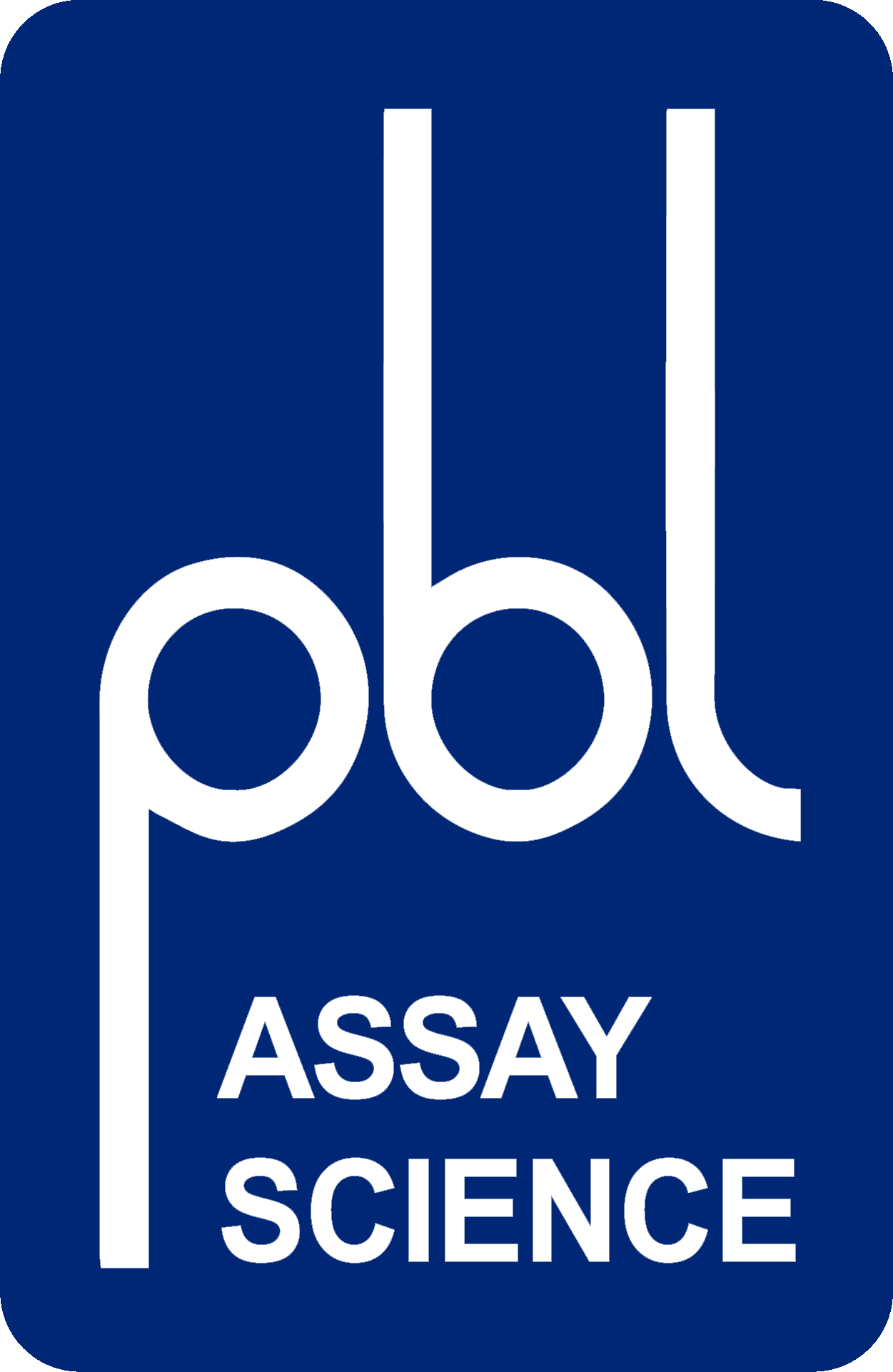Human IFN-Lambda 1, Human Cell Expressed
Catalog Number: 11725
Recombinant Human IFN-Lambda 1 protein (Human IL-29) expressed in human cells (HCE).
$310.00
Product Info
Bioactivity Measured in cytopathic effect inhibition assay on human lung carcinoma cell line A549 with encephalomyocarditis virus (EMCV), EC50 ~1 U/ml
- Exerts antiviral activity and up-regulation of MHC class I antigen expression
- Plays an important role in host defenses against microbes
Specifications
| Formulation | Supplied frozen in phosphate buffered saline (PBS) containing 0.1% bovine serum albumin (BSA) |
|---|---|
| Molecular Weight | 20.0 kDa; due to varying degrees of glycosylation, migrates to 25-37kDa on Western Blot |
| Source | Recombinant DNA expressed in human cells |
| Purity | Greater than 95% as determined by ion exchange, hydrophobic interaction and/or size exclusion chromatography Endotoxin levels < 1 EU/ug |
| Storage | For retention of full activity store at -70°C or below and avoid repeated freeze/thaw cycles |
| Synonyms | IL-29, IFN-λ1, IFN-lambda 1 |
| Accession Number | NP_742152.1 |
Tech Info & Data
Background
The IFN-lambda gene family is composed of three distinct genes: IFN-lambda 1 (IL-29), IFN-lambda 2 (IL-28A) and IFN-lambda 3 (IL-28B). All three are class II cytokine receptor ligands that are distinctly related to members of the IL-10 family and type I family.
IL-28A, IL-28B, and IL-29, also named interferon-λ2 (IFN-λ2), IFN-λ3, and IFN-λ1, respectively, are newly identified class II cytokine receptor ligands that are distantly related to members of the IL-10 family (11-13% aa sequence identity) and type I IFN family (15 - 19% aa sequence identity). The genes encoding these three cytokines are localized to chromosome 19 and each is composed of multiple exons. The exon organization of these genes is also found in the IL-10 family genes but is distinct from the type I IFNs, which are encoded within a single exon. The expression of IL-28A, B, and IL-29 is induced by virus infection or double-stranded RNA. All three cytokines exert bioactivities that overlap those of type I IFNs, including antiviral activity and up-regulation of MHC class I antigen expression. The three proteins signal through the same heterodimeric receptor complex that is composed of the IL-10 receptor β (IL-10 Rβ) and a novel IL-28 receptor α (IL-28 Rα, also known as IFN-λ R1). Ligand binding to the receptor complex induces Jak kinase activation and STAT1 and STAT2 tyrosine phosphorylation. The phosphorylated STAT1 and STAT2 complex with IFN-regulatory factor 9 (IRF-9) to form the IFN-stimulated regulatory factor 3 (ISGF-3) transcription factor complex that is translocated to the nucleus. ISGF-3 binds to the IFN-stimulated response element (ISRE) present in the regulatory regions of the target genes. Human IL-29 cDNA encodes a 200 amino acid (aa) residue precursor protein with a putative 19 aa signal peptide and a 181 aa mature protein, which is a monomer in solution. It shares 67% and 69 aa sequence identity with human IL-28A and human IL-28B, respectively.
Citations
4 Citations
- Zhang, Q., et al.,(2022), "Autoantibodies against type I IFNs in patients with critical influenza pneumonia", J. Exp. Med. 219(11):e20220514, DOI: 10.1084/jem.20220514 (link)
- Kedarinath, K. et al., (2022), "CD24 Expression Sampens the Basal Antiviral State in Human Neuroblastoma Cells and Enhances Permissivity to Zika Virus Infection", Viruses, 14:1735, DOI: 10.3390/v14081735 (link)
- Sohn, SY. et al., (2021), Interferon-Lambda Intranasal Protection and Differential Sex Pathology in a Murine Model of SARS-CoV2 Infection, mBio, 12:e0275621, DOI: 10.1128/mBio.02756-21 (link)
- Zimmerman, Matthew, et al. (2018). Cross-Reactive Dengue Virus Antibodies Augment Zika Virus Infection of Human Placental Macrophages. Cell Host & Microbe, 28 pgs. PMID: 30439342. (link)
Reference
- Donnelly, RP, et al. (2010). Interferon-lambda: A New Addition to an Old Family. Journal of Interferon & Cytokine Research, 9 pgs. PMID: 20712453. (link)

